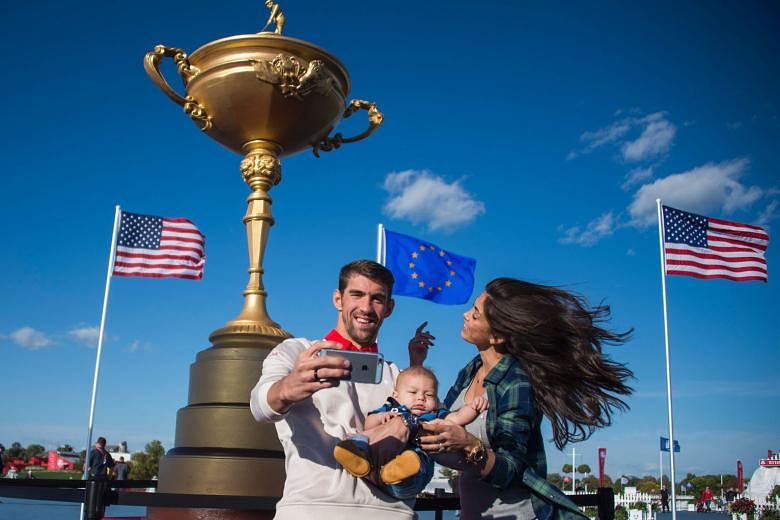CHASKA • When Hazeltine National Golf Club made its debut as a Major championship host, competing pros were only too happy to throw the course to the wolves - or whatever animal happened to come to mind.
"It's like playing in a kennel, with all the doglegs," the American golfer Bob Rosburg said during the 1970 US Open.
Another participant, Dave Hill, responding to a question about Hazeltine's deficiencies, said: "What it lacks is 80 acres of corn and a few cows."
It took 21 years and significant rework to get Hazeltine back on the big stage, with the 1991 US Open.
But that return set off a quarter century of events that any club would happily crow about: Two PGA Championships, numerous US Golf Association events and now the Ryder Cup, starting on Friday.
That makes the club in Chaska, a suburb southwest of Minneapolis, one of only two courses to have staged a US Open, PGA Championship, US Women's Open, US Senior Open, US Amateur and the Ryder Cup. Pinehurst No. 2 in North Carolina is the other.
Not bad for a place once ridiculed as a cow pasture.
"It's a wonderful golf course," European captain Darren Clarke said earlier this year. "A very fair golf course."
It was considered anything but during that 1970 US Open, which was held on the course just eight years after it had opened, on 186 acres of farmland bordering Hazeltine Lake.
The designer, Robert Trent Jones, was hamstrung by the drab prairie landscape, possibly made worse by a hasty tree-planting scheme.
The players at that event found themselves flummoxed by the mixture of blind tee shots and sharp doglegs.
Seven holes underwent extensive revisions in a 1978 upgrade, including the transformation of No. 16 from a lacklustre par-three into a dramatic par-far around Lake Hazeltine. That is now both the hardest and most picturesque hole on the course.
"Lots can happen," Clarke said of the hole, which will be No. 7 in a Ryder Cup rerouting. "Have a go at it, come up short and go in the water, go long and you can chip it back in the water quite easily."
No. 17 was converted from a par-four to a par-three, with a green guarded by two ponds and four bunkers.
It proved the undoing of Scott Simpson when the Open returned in 1991, with a hooked tee shot that opened the door for Payne Stewart's victory.
This week, at 7,628 yards, Hazeltine National officially will be the second-longest course to host the biennial Ryder Cup - just 30 yards shorter than Medinah, in Illinois, where the tournament was staged four years ago.
It is likely to be set up somewhat shorter this week, however, to create more risk-reward drama at both par-fives on the back nine and the driveable par-four fifth.
"We want the fans to enjoy it," said US captain Davis Love III. "I always say I want to see home runs when I go to the baseball game. I want to see goals scored. Defence is great, but we want it to be exciting."
The same philosophy applies to the rough, which has grown in thick but will be cut at three inches.
Players missing the fairway will therefore have a recovery opportunity to avoid conceding the hole.
But Love, also the US captain at Medinah, when the Europeans staged a victorious four-point comeback on the final day, said Hazeltine would test more than just driving ability.
"It's not just length," he said. "You have to be a good lag putter. You have to be a great iron player. It's going to be hard to get close to the hole if it's windy."
Clarke concurred, adding that the course would be "set up in a way that we're there to entertain and give the spectators a lot to shout about."
NY TIMES


